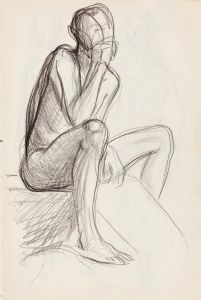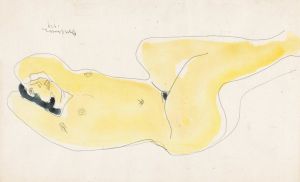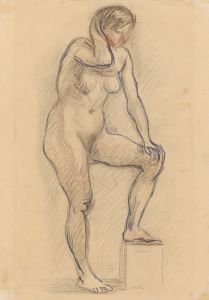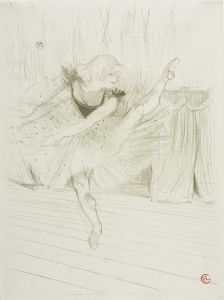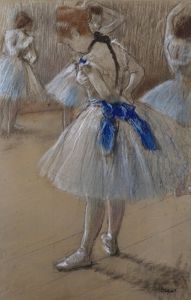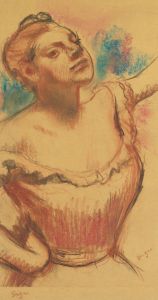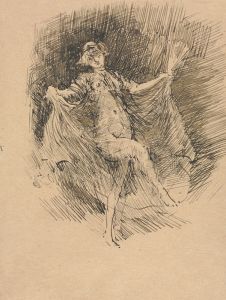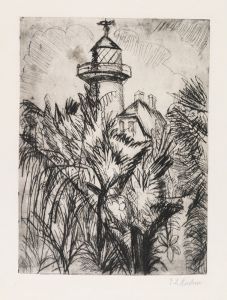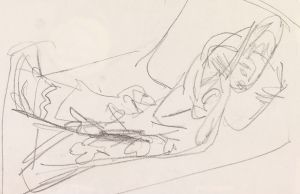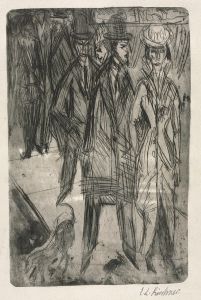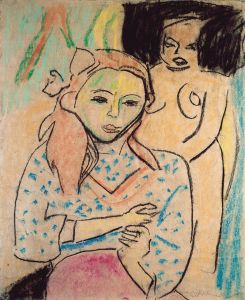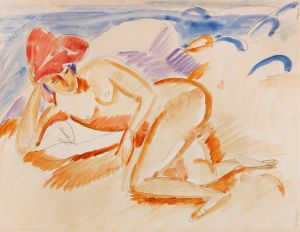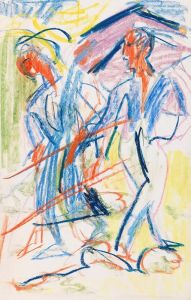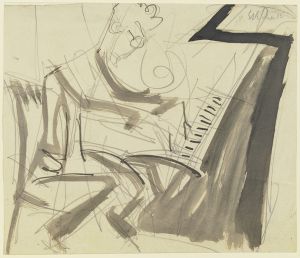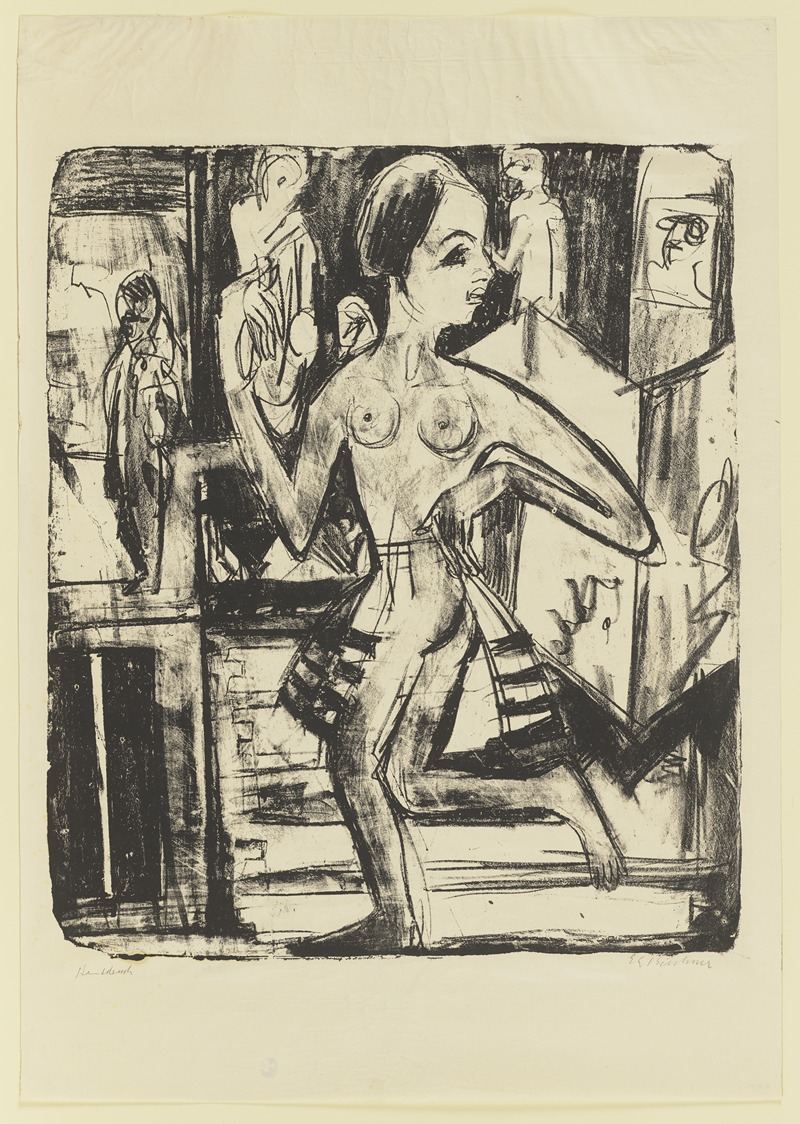
Nackttänzerin
A hand-painted replica of Ernst Ludwig Kirchner’s masterpiece Nackttänzerin, meticulously crafted by professional artists to capture the true essence of the original. Each piece is created with museum-quality canvas and rare mineral pigments, carefully painted by experienced artists with delicate brushstrokes and rich, layered colors to perfectly recreate the texture of the original artwork. Unlike machine-printed reproductions, this hand-painted version brings the painting to life, infused with the artist’s emotions and skill in every stroke. Whether for personal collection or home decoration, it instantly elevates the artistic atmosphere of any space.
Ernst Ludwig Kirchner was a prominent German expressionist painter and one of the founding members of the artist group Die Brücke (The Bridge), which played a pivotal role in the development of modern art in the early 20th century. Kirchner's work is characterized by its bold use of color, dynamic compositions, and a focus on the human figure, often exploring themes of modernity and the human experience.
"Nackttänzerin" (translated as "Nude Dancer") is one of Kirchner's notable works that exemplifies his distinctive style and thematic interests. Painted during a period when Kirchner was deeply engaged with the avant-garde art movements, this piece reflects his fascination with the human form and movement, as well as his interest in the expressive potential of color and line.
The painting depicts a nude female dancer, a subject that Kirchner frequently explored in his work. The dancer is captured in a moment of dynamic movement, her body twisting and turning in a way that conveys both grace and energy. Kirchner's use of bold, contrasting colors and sharp, angular lines serves to heighten the sense of movement and vitality in the composition. The background is often abstracted, allowing the figure to stand out and emphasizing the artist's focus on the human form.
Kirchner's interest in dance and movement was influenced by the cultural milieu of early 20th-century Germany, where there was a growing fascination with new forms of dance and performance. This interest is evident in many of his works from this period, where he sought to capture the essence of movement and the emotional intensity of the performers. "Nackttänzerin" is a testament to this interest, showcasing Kirchner's ability to convey the dynamism and expressiveness of the human body.
The painting also reflects Kirchner's broader artistic goals, which were aligned with the objectives of Die Brücke. The group sought to bridge the gap between traditional academic art and the new, more expressive forms of modern art. They aimed to create works that were emotionally resonant and that captured the spirit of their time. Kirchner's "Nackttänzerin" embodies these goals, with its vibrant colors and expressive forms challenging conventional artistic norms and inviting viewers to engage with the emotional and psychological dimensions of the work.
Throughout his career, Kirchner faced numerous personal and professional challenges, including struggles with mental health and the impact of World War I. Despite these difficulties, he remained a prolific artist, and his work continued to evolve, influencing subsequent generations of artists. "Nackttänzerin" remains an important example of his contribution to the expressionist movement and his enduring legacy in the world of modern art.
Today, Kirchner's works, including "Nackttänzerin," are held in high regard and can be found in major art collections and museums around the world. They continue to be studied and appreciated for their innovative approach to form and color, as well as their ability to capture the complexities of the human experience.





